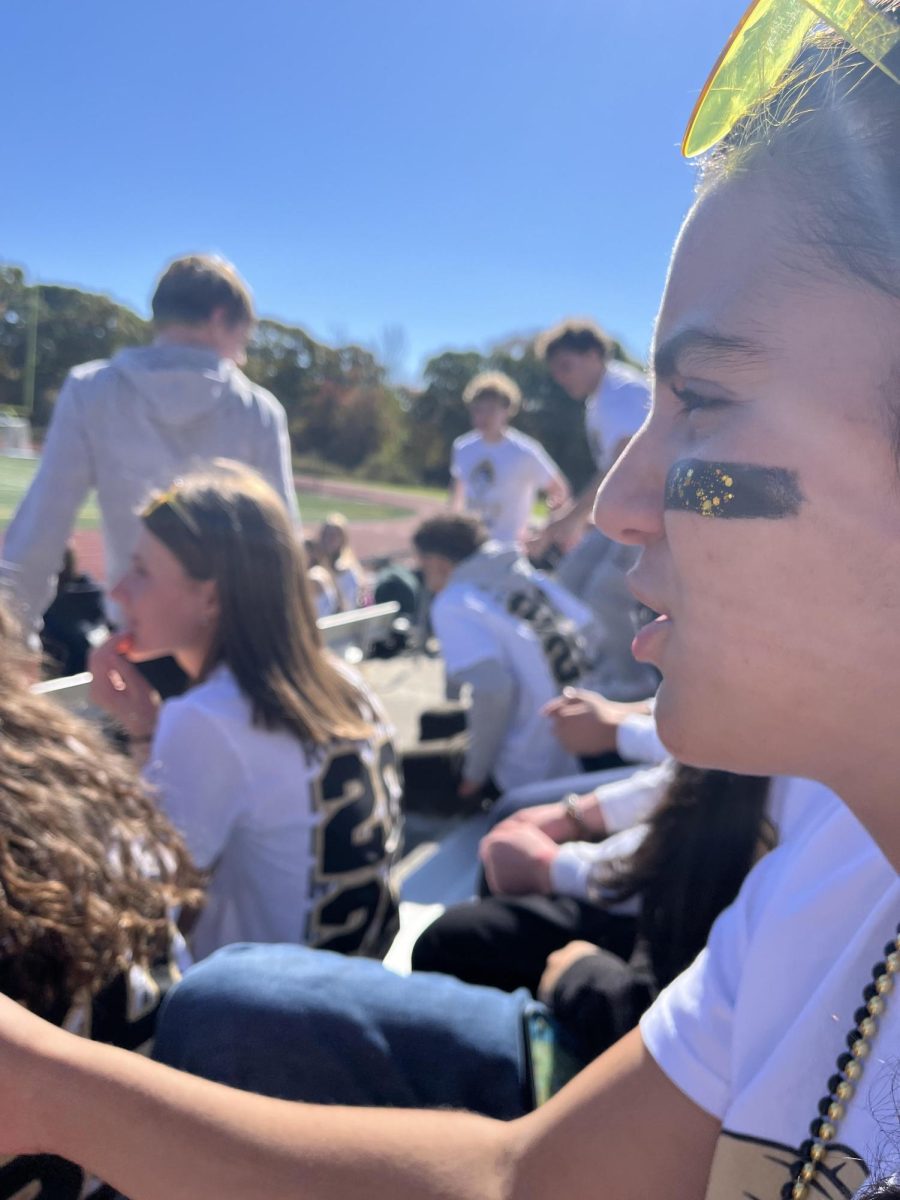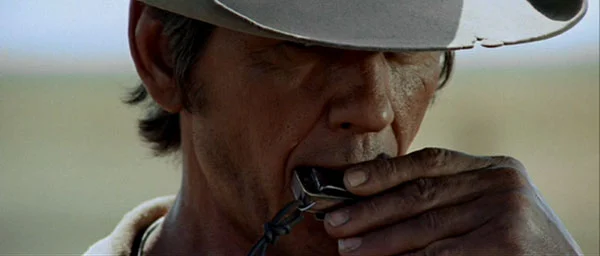Around the world in 12 days of Christmas
Germany – “Frohe Weihnachten”
Advent calendars, christmas trees and food are hugely important traditions for the German holiday season. Advent calendars made of Fir tree branches with 24 decorated boxes hanging from it are proudly displayed in German homes. The trees are sually decorated by the mother in the family, and present exchanges happen on Christmas eve. Santa Claus or Father Christmas, brings presents on December 24th. On December 6th, St. Nicholas’ Day, “der Nikolaus” brings small gifts, like chocolate, to children, leaving the presents in their shoes during the night. In some parts of Germany, “Knecht Ruprecht” is a horned monster who accompanies Nicholas on this day, and punishes the children who were bad by giving them birch as presents. Stollen, a popular fruited yeast bread, is eaten at Christmas dinner. Famous for their Christmas markets, widely available assortments of holiday treats, food, decorations, and ornaments are for sale for the duration of the season.
Russia – “ah-zh-dee-st-VOHM!”
In Russia, Christmas is normally celebrated on January 7th, due to the “Julian” calendar that the Russian Orthodox Church uses. Some people fast on Christmas Eve until the first star has appeared in the sky. The people then eat “sochivo,” a porridge made from wheat served with honey, poppy seeds, fruit, or chopped nuts. Popular Christmas Eve foods include beetroot soup, potluck, veggie pies, and salads. Desserts include fruit pies, gingerbread and honey bread cookies. A sweet drink made of dried fruit and honey boiled in water, “vsvar,” is served at the end of the meal. This drink symbolizes the birth of baby Jesus. “Father Frost” is a popular character that visits the children on New Year’s Eve at night to bring them presents. He is accompanied by his granddaughter. When they come to deliver the gifts, all the lights on the Christmas tree light up.
Portugal – “Feliz Navidad”
“Father Christmas” is believed to bring presents to children on Christmas Eve, and leave small gifts in shoes by the fireplace as well as under the Christmas tree. Traditionally, a meal consisting of codfish with green vegetables and boiled potatoes is eaten, normally followed by expensive shellfish or meats. Accompanied by this is an abundance of desserts made with lots of eggs, such as “Lampreia de ovos,” or rice pudding. Fried dough desserts sprinkled with sugar and cinnamon are also popular. The Christmas feast lasts until early hours of the next morning.
Greece – “Kala Christouyenna”
On Christmas Eve, children in Greece go out and sing carols in the streets, accompanied by triangles and drums that are played. If they sing well, they are given money, nuts, sweets and dried figs. Instead of Christmas trees, most homes will have shallow wooden bowls with a piece of wire, a sprig of basil, and a wooden cross suspended from the center. This is believed to keep the “Killantzaroi,” or bad spirits, away. Supposedly, these spirits come from the middle of the earth and enter homes through the chimney, putting out fires. A popular tourist attraction in Greece is the huge Christmas tree displayed in Aristotelous Square.
Mexico – “Feliz Navidad”
In Mexico, Christmas is celebrated from December 12th to January 6th. Each night a different house hosts a Posada party, where children are given candles and a board and call at the houses of friends asking for room in the house until they are welcomed into one. When they find one they are welcomed into, they have a party with food, games, and fireworks. Games played include piñatas, and Pastorelas, Christmas plays put on by the children. Poinsettia flowers are known as Christmas Eve or “nochebuena” flowers in mexico. Children receive their main presents on January 6th.
Australia – “Happy Christmas”
Christmas comes in the middle of the summer holidays for Australia. Australians hang wreaths on their doors and decorate their homes with lights and Christmas Trees. They also decorate their homes with bunches of “Christmas Bush,” a native tree with green leaves and white flowers. Usually by the week of Christmas, the flowers turn a shiny, deep red color. Many towns, cities and school hold carols by candlelight with local bands, and in each state capital city there are larger versions of these services, usually featuring celebrity singers.
Hong Kong – “Sheng Dan Kuai Le”
“Santa” is known as “Sing Daan Lou Yan” in Cantonese or “Sheng Dan Lo Ren” in Mandarin. Since people from around the world, especially Europeans. live in Hong Kong, Christmas services at the Anglican Cathedral are held in both English and Chinese. In Hong Kong, people send Christmas cards using Chinese craft techniques. From Nov. 28 to Jan. 4, Winterfest is held. Winterfest is a huge winter party that involves the shops, theme parks, and other attractions. There is a massive Christmas tree in Statue Square, a sparkling castle at Disneyland Hong Kong, a forest of 200 Christmas trees, an ice skating extravaganza at Ocean Park, all of which are similar to traditions held in New York City. There is a New Year’s countdown, as well as fireworks and flashing lights on the skyscrapers.
India – “Subh Krisamas”
In India, presents are brought to children on a horse and cart from Father Christmas, or “Christmas Baba” in Hindi. With about 25 million Christians in India, a massive midnight feast is celebrated where presents are exchanged. The Church is covered in Poinsettia flowers and candles for the Christmas Eve Midnight Mass service. Houses are covered in oil clay lamps, to represent the light of Jesus. Giant paper lanterns are connected from house to house in the shape of stars, and people on the days before Christmas will walk around the villages singing Christmas carols and story. In India, the typical Christmas tree is a banana or mango tree decorated.
Italy – “Buon Natale”
Italy is world famous for its Nativity crib scenes and its crib making, and Naples has the largest crib scene in the world, with over 600 objects on it.’Via San Gregorio Armeno in Naples is a street full of nativity makers. Christmas celebrations in Italy begin eight days before, with special prayers and church services, as well as children going out singing christmas carols and playing songs on shepherds pipes. Epiphany in Italy is the main day for gift giving. Children believe that an old lady called ‘Befana’ brings presents for them in the stockings they put up by the fireplace.
South Africa – “Geseende Kersfees”
Because of its location, South African Christmases are celebrated in the summer, with plenty of beautiful flower decorations. Many people go camping during Christmas because of the warm weather and break from school. The traditional ‘fir’ Christmas trees are popular, and children also leave stockings out for Santa Claus on Christmas Eve. Santa in South Africa is known as Sinterklaas or Kersvader. Since Christmas is celebrated in the warm sun, people have barbecues for a Christmas meal. They also eat turkey, roast beef, mince pies, pig, with yellow rice, raisins, and vegetables.
Editor’s note: Due to space constraints, ten Christmas celebrations were featured instead of 12.
Your donation will support the student journalists of North Kingstown High School. Your contribution will allow us to distribute a print edition of the Current Wave to all students, as well as enter journalism competitions.










